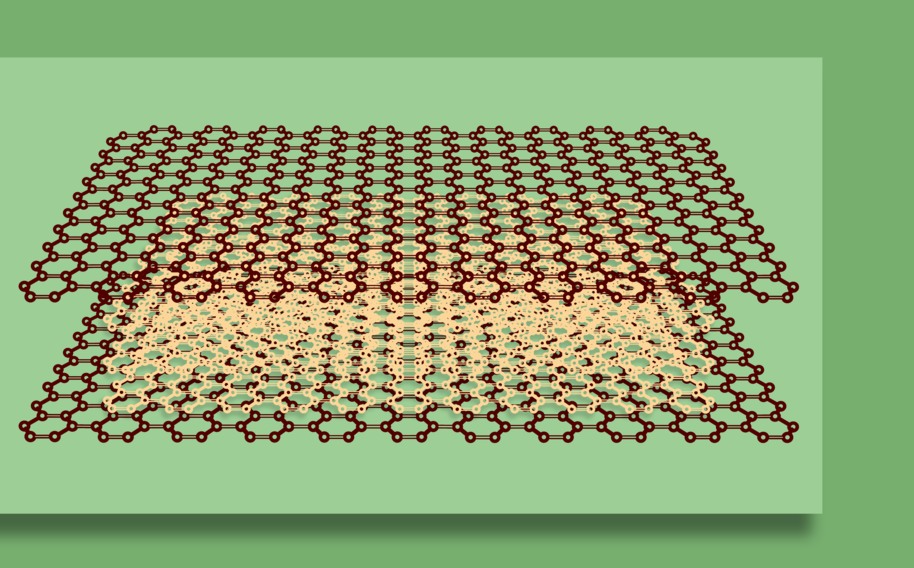The international team, which includes Professor Tapio Ala-Nissilä from Loughborough University and Aalto University, and 2016 Nobel Physics Laureate Professor Michael Kosterlitz from Brown University, has used machine learning to reveal new insights into how noble gases and aluminium behave when confined between sheets of graphene at varying pressures and temperatures.
The study findings, published in Proceedings of the National Academy of Sciences (PNAS), reveal that single atomic layers melt gradually, in line with the Kosterlitz–Thouless–Halperin–Nelson–Young (KTHNY) theory, which describes how single layers undergo phase transitions, changing from one physical state to another.
However, as more material layers are added between the graphene sheets, the melting behaviour changes. Instead of transitioning smoothly from solid to liquid, the materials enter a previously unreported "layered-hexatic" phase – an intermediate state that is neither fully solid nor fully liquid. This partially ordered phase persisted in systems with up to 12 atomic layers, indicating it may play a key role in how materials behave when confined at the nanoscale.
This phase is thought to arise from a shift in the types of topological defects – structural irregularities that drive the melting process. In single layers, melting is governed by defects associated with two-dimensional structures. However, as more layers are added, three-dimensional defects begin to take over, altering the way the material breaks down.
As 2D materials become central to quantum computing, ultra-efficient sensors, and next-generation semiconductors, understanding how they behave during phase transitions is critical. These insights can help engineers design more stable and efficient components for future technologies.
Professor Ala-Nissilä believes the findings highlight the importance of fundamental physics. He said: "Back when the theories for topological matter were first formed decades ago, nobody knew whether they were useful at all.
“But now we see that topological matter might be what our quantum computation is based on in the future. That shows just how vital it is to carry out fundamental basic research even when there’s no immediate practical application.”
The use of artificial intelligence
The team were able to model 12 material layers by using machine learning. Typically, simulating atomic interactions with quantum-level precision becomes increasingly computationally demanding as more layers are added. By using AI-driven methods, the researchers significantly accelerated the process – achieving accurate, quantum-level modelling of complex, multi-layer systems.
“As the number of material layers increases, the modelling calculations become too demanding and complex”, said Professor Ala-Nissilä, “Our method allowed us to run the detailed calculations up to an unprecedented 12 material layers.”
Next steps
As for what the next research avenues may be for the physicists, Professor Ala-Nissilä said: “Theoretically we know that an infinite number of material layers results in a completely different melting that does not feature any of the hallmarks of the KTHNY theory. Though computationally unfeasible, it would be interesting to study whether that can happen with a finite number.
“Another avenue to pursue is to make the melting occur abruptly even for a single layer and see what that would do to the entire process.”
To read the study in full, which also includes co-author Professor Roberto Car from Princeton University and physicists from Nanjing University in China, visit the PNAS website.
